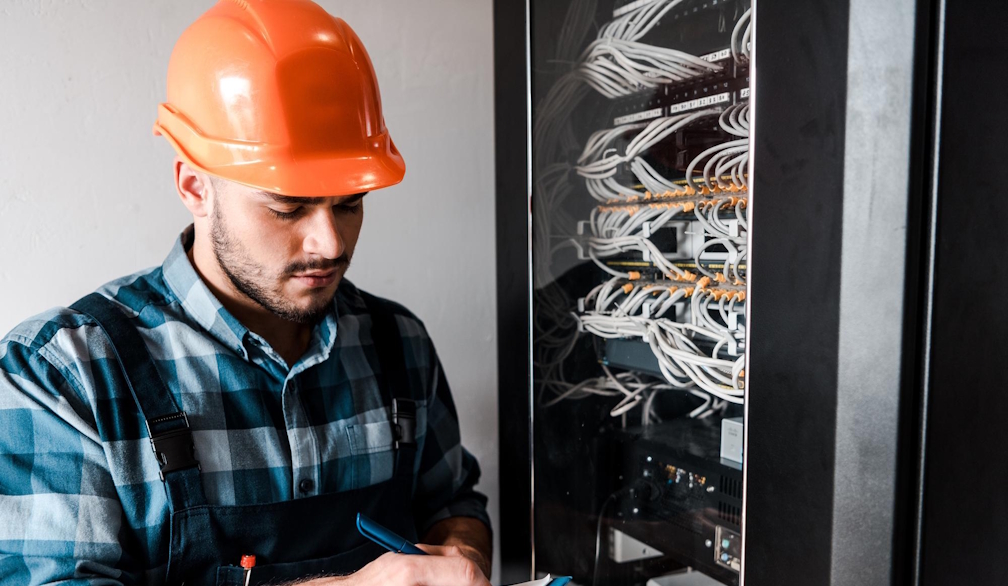A Guide to Determining the Right Time for a Switchboard Replacement

At the centre of every property’s electrical system is the switchboard – a component that doesn’t get much attention until problems arise. This essential unit directs electricity throughout a home or business, ensuring every outlet and appliance gets the power it needs. But like all systems, switchboards age. When they become outdated or faulty, they can pose serious risks: electrical fires, outages, or even damage to appliances.
Knowing when to replace a switchboard is not just about convenience; it’s about safety, efficiency, and compliance. Below, we break down the key signs and considerations so you can make informed decisions.
Signs That Your Switchboard May Need Replacement
Switchboards typically last between 20 to 30 years. If yours is approaching this age – or has already surpassed it – it may be due for replacement.
There are also warning signs to watch out for:
-
Frequent blown fuses or tripped circuit breakers – This usually means your switchboard is struggling to handle modern electrical demands.
-
Physical red flags – Burnt marks, a burning smell, or unusual noises should never be ignored, as they point to potential faults.
-
Increased demand for power – More devices and appliances than ever are plugged in today. An older switchboard may not keep up, creating risks of overloads or outages.
These issues are often the first indicators that an upgrade is needed to maintain a safe and reliable system.
Assessing Electrical Safety Standards and Compliance
Electrical safety standards have become stricter over the years, and older switchboards often don’t meet current requirements. Newer models are fitted with safety devices such as Residual Current Devices (RCDs), which provide protection against shocks and fire risks.
If you’re asking yourself, “Is your switchboard up to date?”, the best step is to bring in a licensed electrician. They can inspect your system, check compliance with local regulations, and recommend whether replacement is necessary. Staying compliant is not just a legal obligation – it’s a safeguard for your property and the people inside it.
Evaluating Energy Efficiency and Cost Implications
Older switchboards are not as efficient as newer models, and this can affect your energy bills. A modern switchboard improves distribution, reduces wasted power, and can help households and businesses lower their running costs.
Although replacement comes with an upfront cost, the benefits add up quickly:
-
* Reduced energy usage
-
* Fewer repairs
-
* Lower risk of major electrical failures
When viewed in the long term, an upgraded switchboard is both a safety measure and a financial investment.
Hiring the Right Professionals for Switchboard Replacement
Switchboard work is not a DIY project. For safety reasons, only licensed electricians should carry out a replacement. Choosing the right professional ensures the job is done to standard and minimises the risk of issues later.
When hiring, check qualifications, licensing, and insurance. Reviews and referrals from trusted sources can also guide your choice. Don’t hesitate to ask questions such as:
-
* Do you have experience with switchboard upgrades?
-
* Can you provide references?
-
* Are you familiar with local safety codes and regulations?
An experienced professional can also provide a clear assessment, helping you understand whether replacement is truly required.
Planning and Executing Your Switchboard Replacement
Once the decision is made, preparation makes the process smoother. Clearing space around the switchboard allows electricians to work efficiently, while communicating with household members or staff reduces inconvenience during temporary power shutdowns.
Agreeing on timelines and expectations beforehand helps keep disruptions to a minimum. After installation, electricians should conduct thorough checks to confirm the system is working as intended. Ongoing maintenance and inspections will extend the life of the switchboard and keep it performing at its best.
Moving Forward: Protecting Your Home or Business
Keeping electrical systems updated is about more than avoiding inconvenience – it’s about protecting people, property, and investments. Recognising the signs of an ageing switchboard, ensuring compliance, and weighing up long-term benefits against costs are all steps toward safer living and working spaces.
If you’re unsure about your current setup, it’s worth asking a licensed electrician the question: is your switchboard up to date? A professional inspection can give you peace of mind and help you plan the right next steps.

















